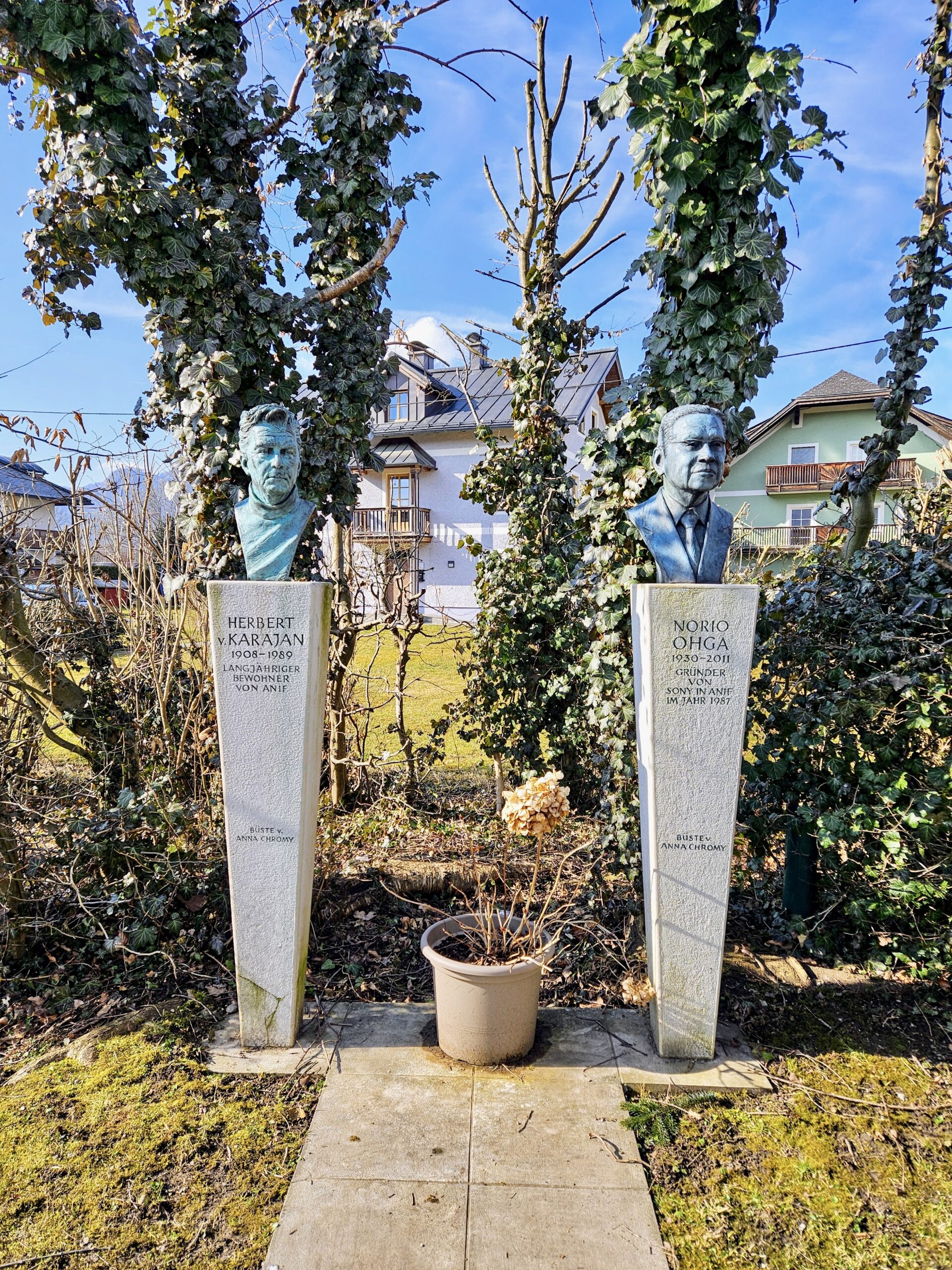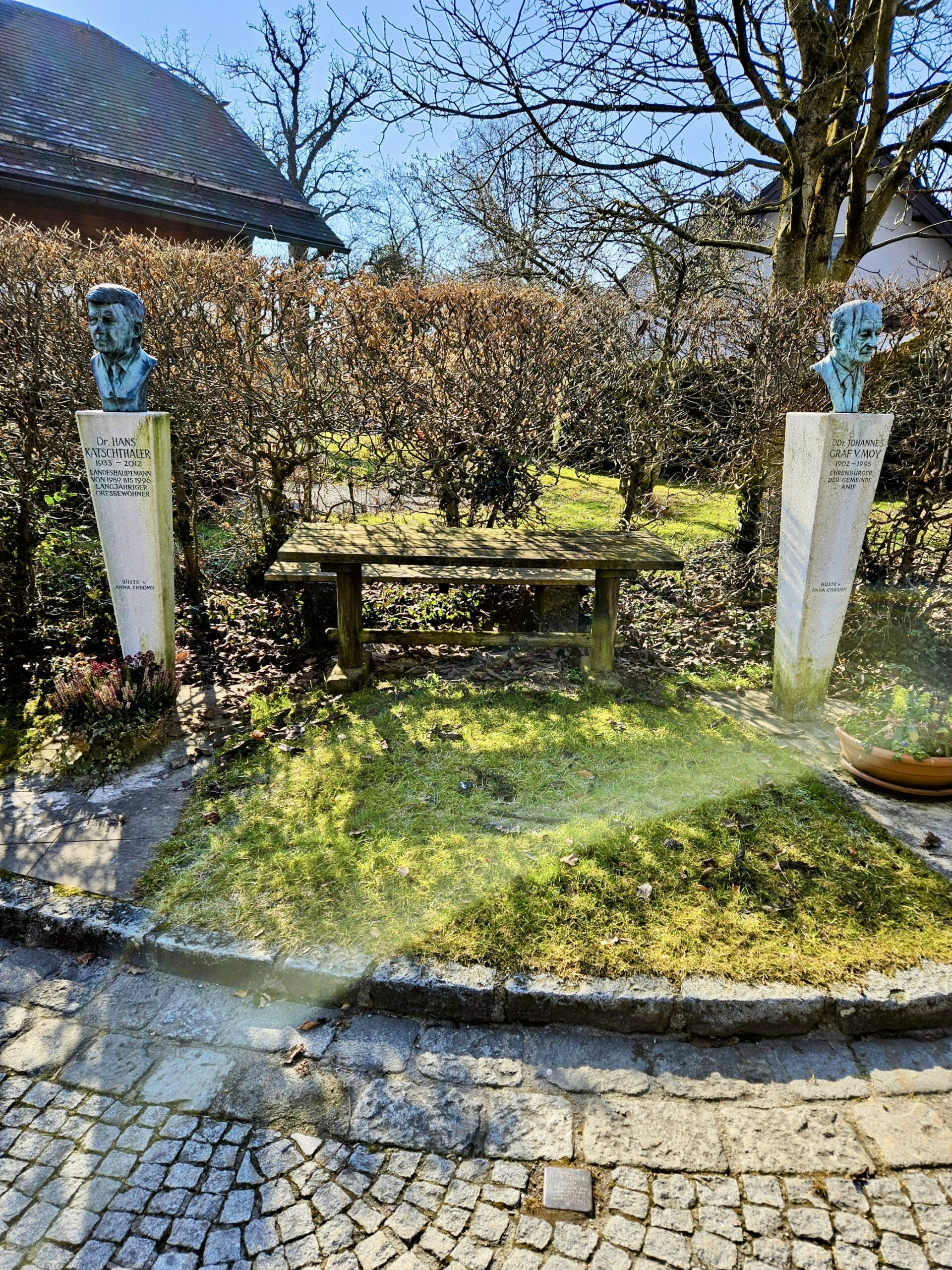Helene TAUSSIG was born in Vienna, capitol of the Austro-Hungarian Monarchy on May 10, 1879. She was the fifth of twelve children of the Jewish couple Sidonie von Taussig, née Schiff, and Theodor Ritter von Taussig.
Her father was one of the country’ most successful and respected bankers and had been knighted when he was in his thirties.
As a young banking expert after the stock market crash in 1873 he had renovated the insolvent Bodenkreditanstalt, the bank that administered the private fortune of the imperial house, and expanded it to become the leading financial institution of the monarchy. Later he became the head of the Bodenkreditanstalt and president of several large firms, including the state railway company, the arms factory in Steyr, & etc.
Theodor von Taussig was also a member of the board of trustees of Vienna’s Jewish Community Organization. It was said that he was one of the most prominent of those among the assimilated and educated Jewish upper and middle classes in the Habsburg Monarchy who had not converted to Christianity but who had made a successful career nonetheless.
When Theodor von Taussig died on November 24, 1909 his bier was on display in the palace of the Bodenkreditanstalt before he was interred in the Jewish section of the Vienna Central Cemetery. In 1936 his widow was buried beside him with little ceremony.
Six days after she died a death notice was placed in the Neuen Freien Presse in the names of the three sons and nine daughters of the Taussig family – that had been one of the most prominent families in the Monarchy.
After the collapse of Austria-Hungary and the creation of the Austrian Republic the family became entirely forgotten, which is why hardly anyone knows that three of the twelve siblings are among the victims of the Holocaust: Alice von Wassermann and Clara von Hatvany-Deutsch, the oldest and second oldest of the twelve siblings, and the artist Helene von TAUSSIG – whose life and work was buried in silence for fifty years before it was recalled as a result of the efforts of Salzburg artist Wilhelm Kaufmann.1
The artistic creations of Helene von TAUSSIG, who converted from Judaism to Catholicism in 1923, are now recognized thanks to the in depth monograph of the art historian Nicholas Schaffer, curator of the Salzburg Museum.2
Wilhelm Kaufmann gave nineteen pictures by Helene von TAUSSIG that he had rescued to the Carolino Augusteum Salzburg Museum in 1988 and the museum put them on display in 2002 – without any indication of ownership.
They were only restored to her family in 2012, long after Austria promised to restore artworks stolen by the Nazis to the rightful heirs of their original owners. Because one of the heirs chose to sell some pictures only eleven of the »rescued pictures« of Helene von TAUSSIG remain in the possession of the Salzburg Museum.
Helene von TAUSSIG lived and worked, with interruptions, for about 20 years in the village of Anif, just south of Salzburg – after August 1934 in a studio house designed be the architect Otto Prossinger. At first, as a convert she remained unmolested by the Nazis but on February 28, 1940 she was deported by the Gestapo to Vienna.
She returned to Salzburg on April 29, 1940, but she was again arrested by the Gestapo and deported to Vienna – where she found refuge in the (old age home) of the Carmelite nuns at 15 Töllergasse in the 21st District. That was a collection point for Catholics of Jewish origin and was the deportation address for more than 70 Catholics who had converted from Judaism – including Franziska van ALDERWERELT and Rudolf Erich MÜLLER who had also been deported from Salzburg.
On April 9, 1942 Helene von TAUSSIG was deported to the Izbica Ghetto which was in the portion of occupied Poland that the Germans designated as the »Generalgouvernement«. She was murdered some time later, either in the ghetto or in one of the death camps at Belzec, Sobibor or Majdanek.
According to the official death record the 62 year old Helene »Sara« TAUSSIG died of »heart failure« in Izbica on April 21, 1942 [at the hands of the Nazis »heart failure« often resulted from a bullet or torture].
Helene von TAUSSIG’s sister Alice von Wassermann-Verheyden was deported from Belgium to Auschwitz and murdered there (her son Robert von Wassermann, who was also on the 20th deportation train to Auschwitz, was rescued by Belgian resistance fighters and survived).3
Another sister, Clara von Hatvany-Deutsch, was imprisoned in the Hungarian transit camp Kistarcsa and also died under the terror regime. Their brother Dr. Karl von Taussig, who lived in Hungary, died on May 25, 1944 in Budapest, a few weeks after the occupation of Hungary by German troops and during the mass deportations.
Their other siblings, Hedwig May-Weisweiller, Emmy Redlich, Flora Paul-Schiff, Gertrude Schüller, Herma Artaria, Adele Mayer, Georg and Felix von Taussig were able to survive the years of terror.
The studio house of Helene von TAUSSIG in Anif was »Aryanized« and turned over to an engineer, regional civil servant and councilor named Josef Wojtek in October 1941. He gave it as a present to his daughter Leopoldine in 1943. Leopoldine »Poldi« Wojtek was very active as an artist under the Nazi regime and was the ex-wife of art historian and art thief Kajetan Mühlmann. Because the beneficiaries of the Nazis’ crimes continued to be influential in liberated Salzburg it isn’t surprising to discover that the restitution of the studio house »Aryanized« in 1941 was postponed for many years.
The property registers of Anif indicate that a court order finally led to the ownership of the property being registered in the names of Helene von TAUSSIG’s heirs, her nieces Silvia and Marietta on November 23, 1953. In 1983, however, her unconventional studio house was sold and has since been demolished.
Thanks to the initiative of Anif citizen Rupert Horner and the mayor Dr. Hans Krüger, the artist Gunter Demnig was able to lay a stumbling block on the church square to memorialize the »good spirit of Anif« the acclaimed Helene von TAUSSIG – directly in front of the towering busts of leading Anif personalities: Dr. Hans Katschthaler (Governor), Count von Moy (lord of the castle), Herbert von Karajan and Norio Ohga (CEO of the Sony corporation).
Thanks to the information provided by Andrew Schuller (son of Gertrude Schüller/Schuller, a sister of Helene von Taussig), some biographical gaps have now been filled.
1 Wilhelm Kaufmanns memoirs in: Gert Kerschbaumer, Faszination Drittes Reich, Salzburg 1988, p. 42
2 Nikolaus Schaffer: Obituary after 50 years, in: The Salzburg Year 1988/89, pp. 12-17. Nikolaus Schaffer: Helene von Taussig (1879-1942). Die geretteten Bilder.
Katalog der Sonderausstellung des Salzburger Museums Carolino Augusteum, Salzburg 2002
3 Marion Schreiber: Stille Rebellen. Der Überfall auf den 20. Deportationszug nach Auschwitz. Foreword by Paul Spiegel, Berlin 2000
Sources
- Vienna Jewish Organization
- Salzburg and Vienna City and State archives
- Shoah-Databanks DÖW and Yad Vashem
Translation: Stan Nadel
Stumbling Stone
Laid 03.07.2014 at Anif, Kirchenplatz

 Helene von Taussig
Helene von TaussigPhoto: Salzburg Museum
 Anif Kirchenplatz
Anif KirchenplatzBusts of Herbert von Karajan and Norio Ohga (CO Sony), diagonally opposite the stumbling block for Helene von Taussig (Shoah victim) lying between paving stones
Photo: Gert Kerschbaumer
 Anif Kirchenplatz
Anif KirchenplatzBusts of Hans Katschthaler (governor) and Count von Moy (lord of the castle), the stumbling block for Helene von Taussig (Shoah victim) lying between the cobblestones
Photo: Gert Kerschbaumer
 Studio house with flat roof for Helene von Taussig, built in 1934 by Otto Prossinger, architect in Salzburg (1906-1987)
Studio house with flat roof for Helene von Taussig, built in 1934 by Otto Prossinger, architect in Salzburg (1906-1987)Photo: private
